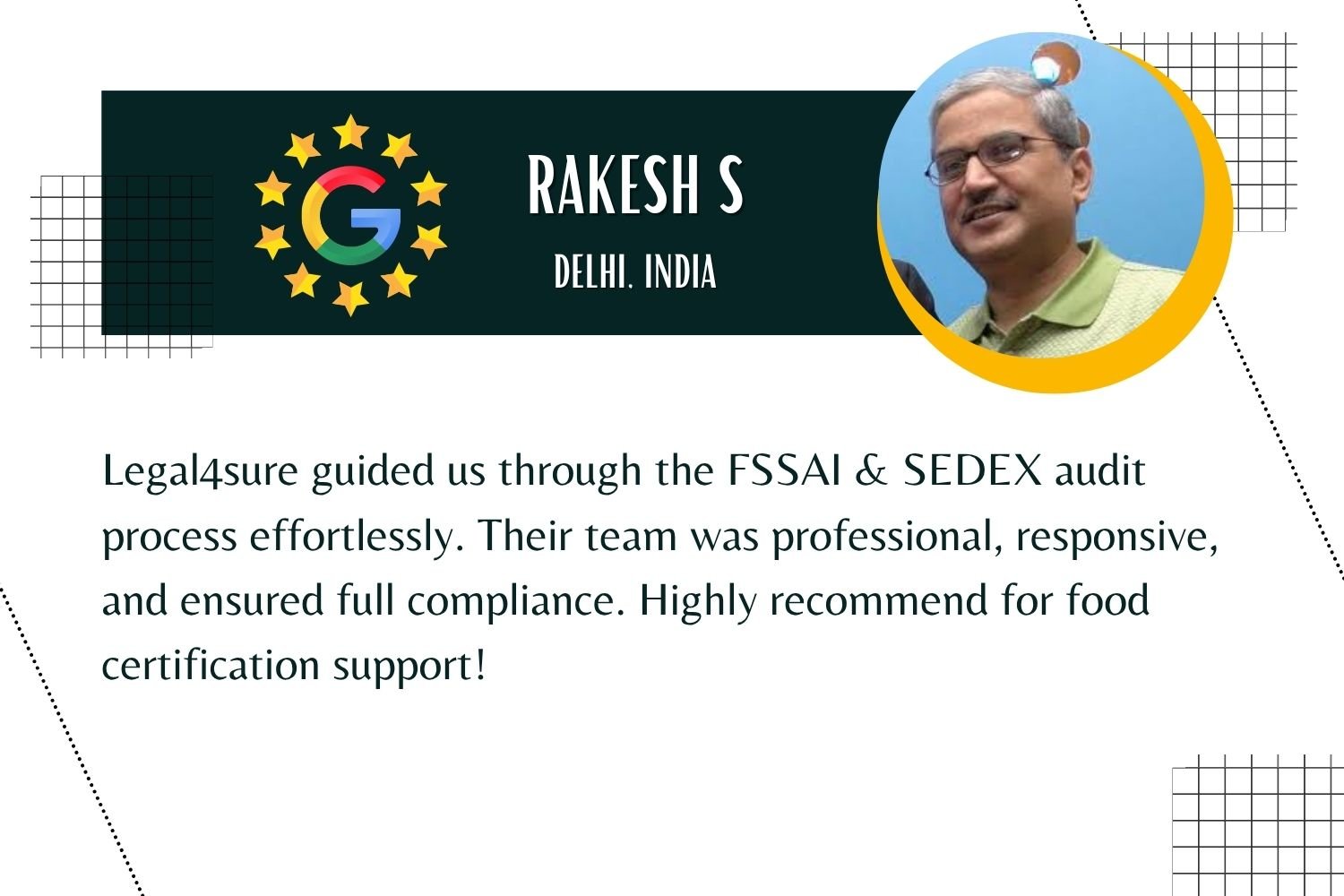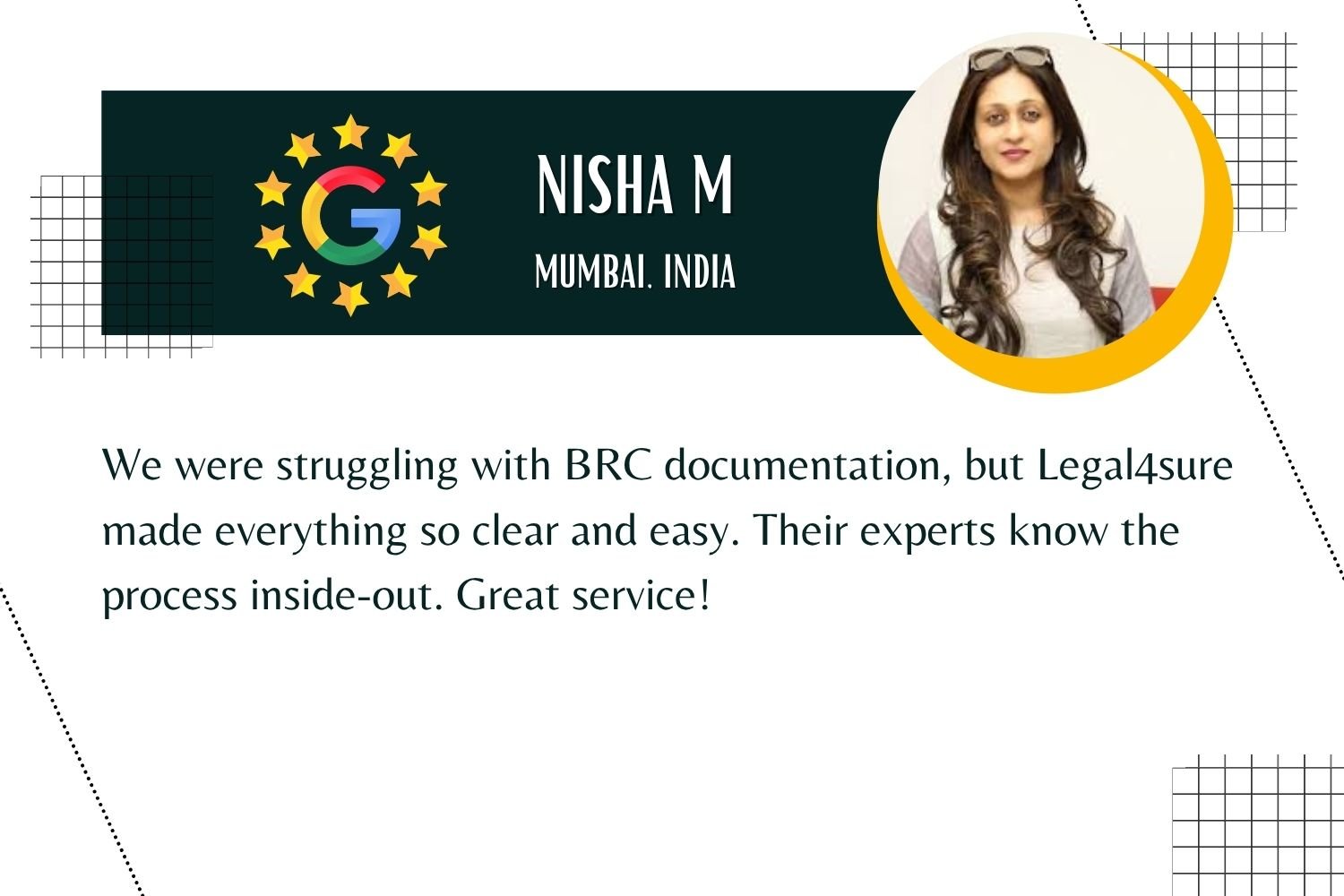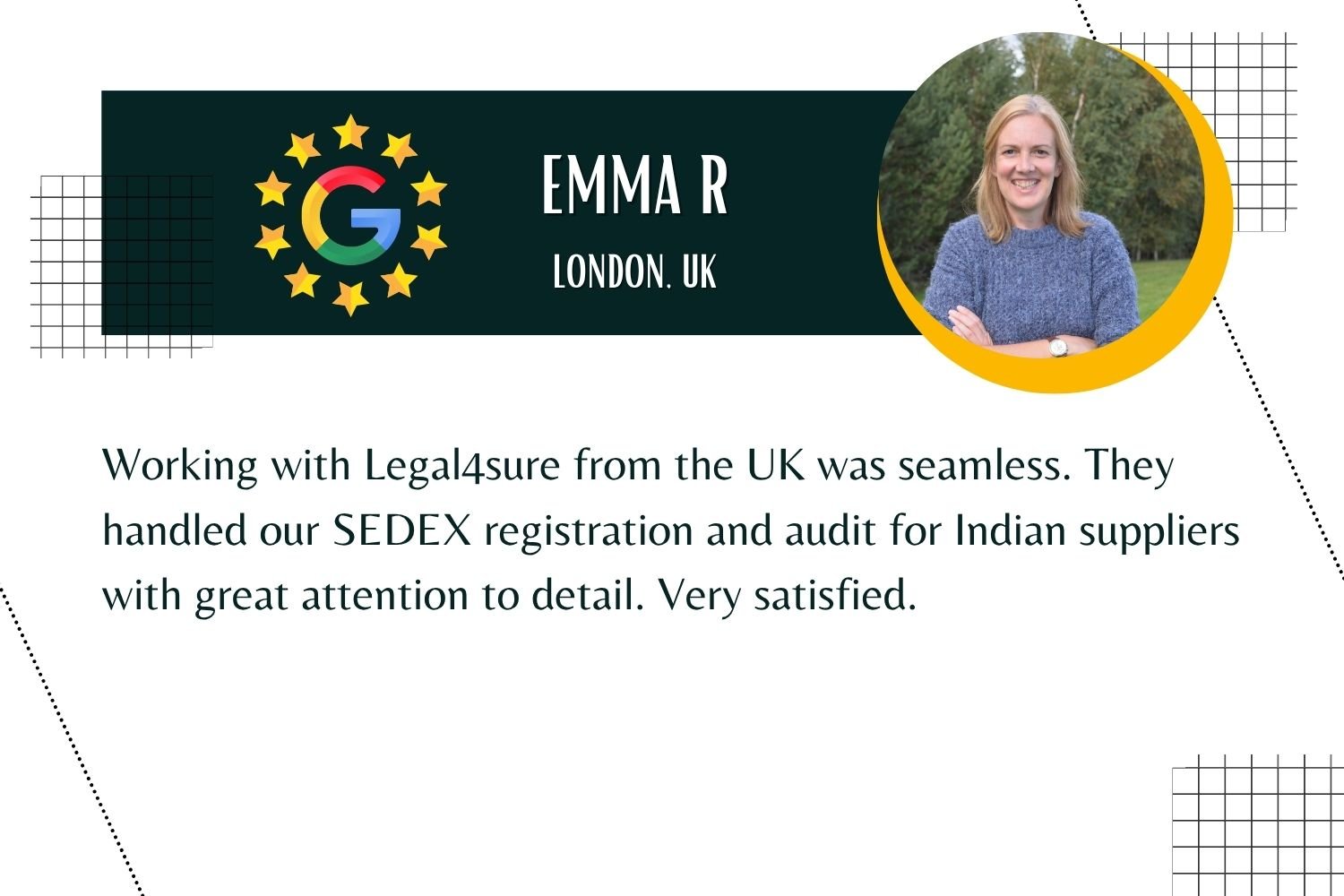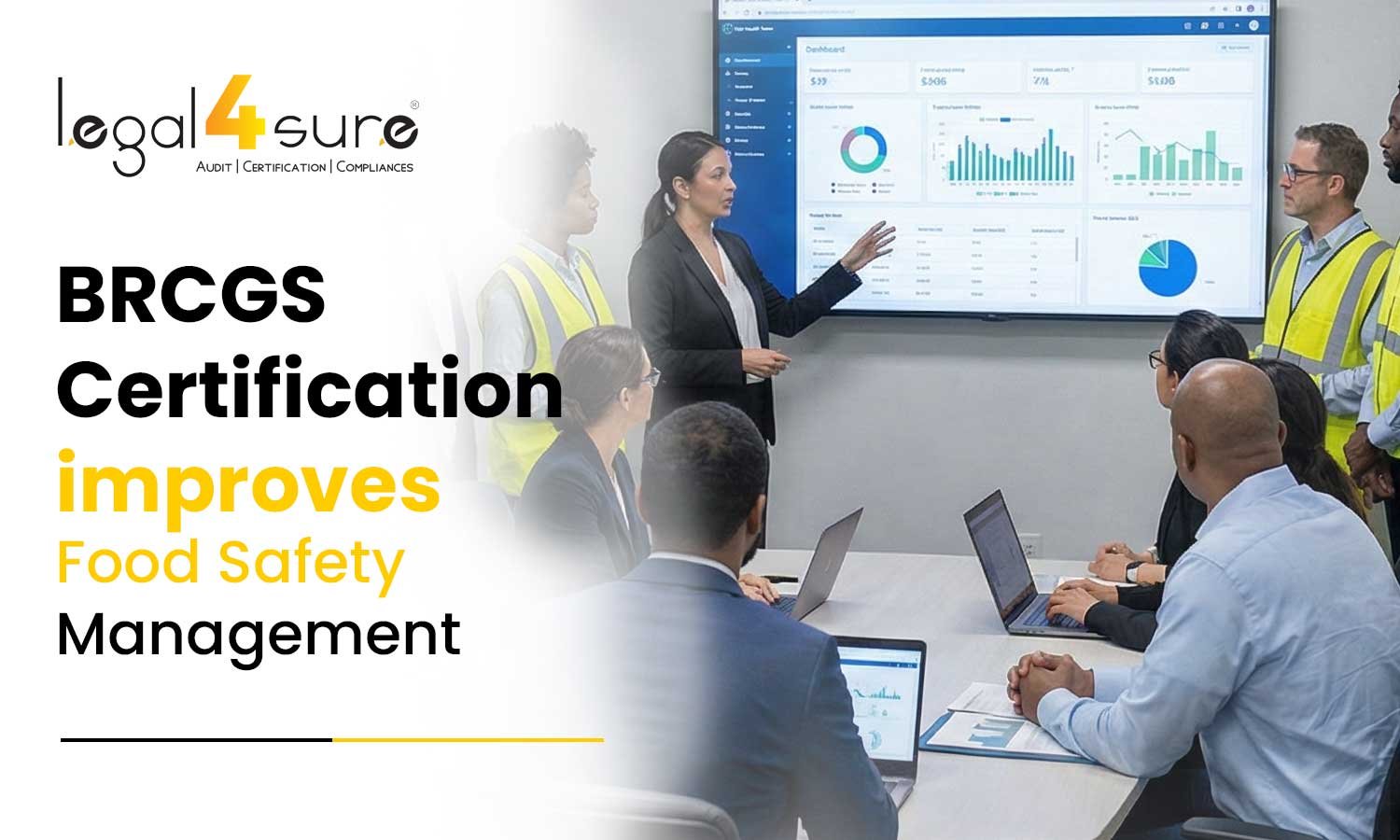Up to this point, large numbers of factories have successfully passed Sedex audits by ensuring necessary documents are prepared and available at the time of the audit inspection. This will not be the case moving forward. SMETA 7.0 introduces a new approach to conducting audit management systems, rather than by relying on manual file documentation. If your factory intends to continue being approved by its export buying clientele, then your preparation in 2025 will need to involve implementing new policies, upgrading evidence tracking, and pre-planning for compliance. Let’s get started by breaking down what has changed and how to ensure you meet compliance with confidence.
What Changed in SMETA 7.0 and Why It Matters for Compliance
Sedex was formed in 2004 as a non-profit organization to address the ethics of a global supply chain, and for members to use shared information for the purposes of reducing duplicate audits.
- The most recognized audit format to date has been the Sedex Members Ethical Trade Audit (SMETA) methodology, based upon the ETI Base Code (Labor Standards, Health & Safety, Environment, Business Ethics), and all four pillars are based on compliance with standards.
- The SMETA 7.0 update represents a big shift from compliance with standards to evaluating a management system to provide an evaluation of the processes according to the SMETA guidelines. Most of the update surrounds the integration of a Management Systems Assessment (MSA) to assist the auditor in assessing how mature a factory may be in its systems, policies, training, and resources to be proactive and drive improvement and prevention.
Why does it matter?
- Buyers who are demanding more from factories are going to prefer to see integrated 4 pillars from the SMETA (noting increased demand from suppliers connected to being environmentally safe, and Business Ethics).
- Thus, having the MSA integrated as part of the SMETA General Principles and possibly semi/unannounced audits, you should expect and see factories working towards building a strong, continuous compliance system.
3 Key Methodology Changes in SMETA 7.0
- Precise Workplace Requirements
- The introduction of the workplace requirements in SMETA 7.0 supersedes the generic ETI Base Code principles and specifies audit requirements.
- Factories must assess and modify their own policies and procedures to ensure they are aligned with the specific criteria provided.
- Example: Minimum wage, working hours, health & safety
- Action Items for Factories: Fixed Action Point Action Items for Factories:
- Complete an internal audit for compliance with the new requirements
- Revise the SOPs to introduce the need for measurable compliance standards
- Comprehensive Management System Assessment (MSA)
- Change in Focus: The effectiveness of a management system in identifying root causes of human error, as well as broken systems from the standard, as opposed to tracking the issue.
- Four Elements: – Policy & Procedures. Written policy or procedures that clearly articulate accountability. – Accountable Person / Resources to be Provided. The manager must have the authority, as well as time and budget.
- Communication & Training: Workers and managers have been trained, as well as documentation is available. – Monitoring & Documentation. Internal assessment, audit, and tracking of issues.
- MSA Maturity Stages: – Not Addressed – A system is not established. – Basic Improvements Needed – Identified in part, and reactionary actions. – Some Improvements Identified – Mostly there, but still within gaps in the process. – Established Management System – Proactively using the improvement cycle.
- Factory Action Items: – Carry out a gap analysis on MSA – Increase training and documentation – Build root cause into normal process.
- Findings from CAR (Collaborative Action Required)
-
- Essential Element: Takes on systemic problems outside the control of the factory.
- Subject Areas: Living Wage, Responsible Recruitment, Child Labor, and Discrimination.
- Key Elements: No specific time frame for remediation, Multi-stakeholder accountability (Factory, Buyer, NGOs), Worker-focused approach with a longer timeframe for verification.
- Action Items for Factories:
- Record what you may approximate to be done internally on the issue.
- Be proactive in engaging with buyers or external stakeholders.
Additional SMETA 7.0 Changes Your Factory Must Prepare for in 2025
The Sedex 4-Pillar audit (SMETA 7.0) changed factory readiness to 2025 readiness, where now it’s assessed continuously, as a systemic way of compliance. Audit reports older than 24 months will no longer be considered “robust” audits and will incentivize (and/or encourage) audit cycles to get this timing changed quickly.
Factories will fully demonstrate transparency (Requirement 0) with no limits on all documentation and employees. Audits should be semi-announced or announced/unannounced audit models would be ideal. This will confirm compliance on a daily basis. Factory systems must be robust across the 4-Pillars, and an interest in key-risk indicators to Environmental (waste, pollution, energy management) and Business Ethics (anti-bribery policies) would be suggested. Finally, factories must demonstrate overall sustained improvements compared to being in some level of 4-Pillar system, or document compliance.
Step-by-Step Factory Action Plan to Meet SMETA 7.0 in 2025
- SMETA 7.0 Training: The revised Auditor Manual should be introduced to the respective people as soon as possible in order for them to be fully aware of the considerable Workplace Requirements with diligence and value realized through the MSA method.
- MSA Gap Analysis: A full, isolated gap analysis for all MSA criteria (including Environment & Ethics) that are pertinent to the Base Code, with an interest in tracing root causes and systemic complexities rather than investigating symptoms.
- Revising Systems: To identify all policies, processes, and training needed to be revised for SMETA 7.0 compliance. You must highlight showing documented evidence of action and practices that incorporate actionable, daily practices in the factory rather than relying on a paper system.
- Collaborative Solutions: Develop a plan of action for Collaborative Action Required (CAR) outcomes with management, and/or stakeholders through their first attempt resolution or in dealing with ongoing and/or systemic problems, for example, ensuring living wages where it requires continued involvement from multiple stakeholders to resolution.
- Ongoing Compliance Culture: Develop an ongoing compliance Loop. Develop real-time, transparent data, conduct internal audits, and the site is ready for what is known as an audit with little notice.
Conclusion
It is a necessity to prepare for SMETA 7.0 because buyers now want to see factory management committed to long-term solutions for ethical compliance. Legal4Sure supports factories with building on sustainability management systems, closing compliance gaps, and improving social compliance policies in compliance with Sedex expectations. If you require audit confidence in SMETA 2025 and beyond, Legal4Sure compliance experts stand ready to assist you at any stage within your compliance program!
FAQ
Q1. What is the addition of a Management Systems Assessment (MSA) in SMETA version 7.0?
Ans: The MSA aims to evaluate a site’s systems (i.e., policies, procedures, or training), systems related to identifying and resolving root causes of non-compliance, and systems related to sustainability.
Q2. What is a Collaborative Action Required (CAR) finding?
Ans: A CAR finding indicates complicated, systematic issues (i.e., living wages or systemic discrimination) that will require some other interested party to properly address long-term resolution of the issue.
Q3. What is Requirement 0 “Enabling an Accurate Assessment”?
Ans: It requires, as a minimum, that the site grant the Auditor full, unimpeded access to any and all areas, all workers, and authentic documentation – in other words, whatever the Auditor needs to conduct their work.










